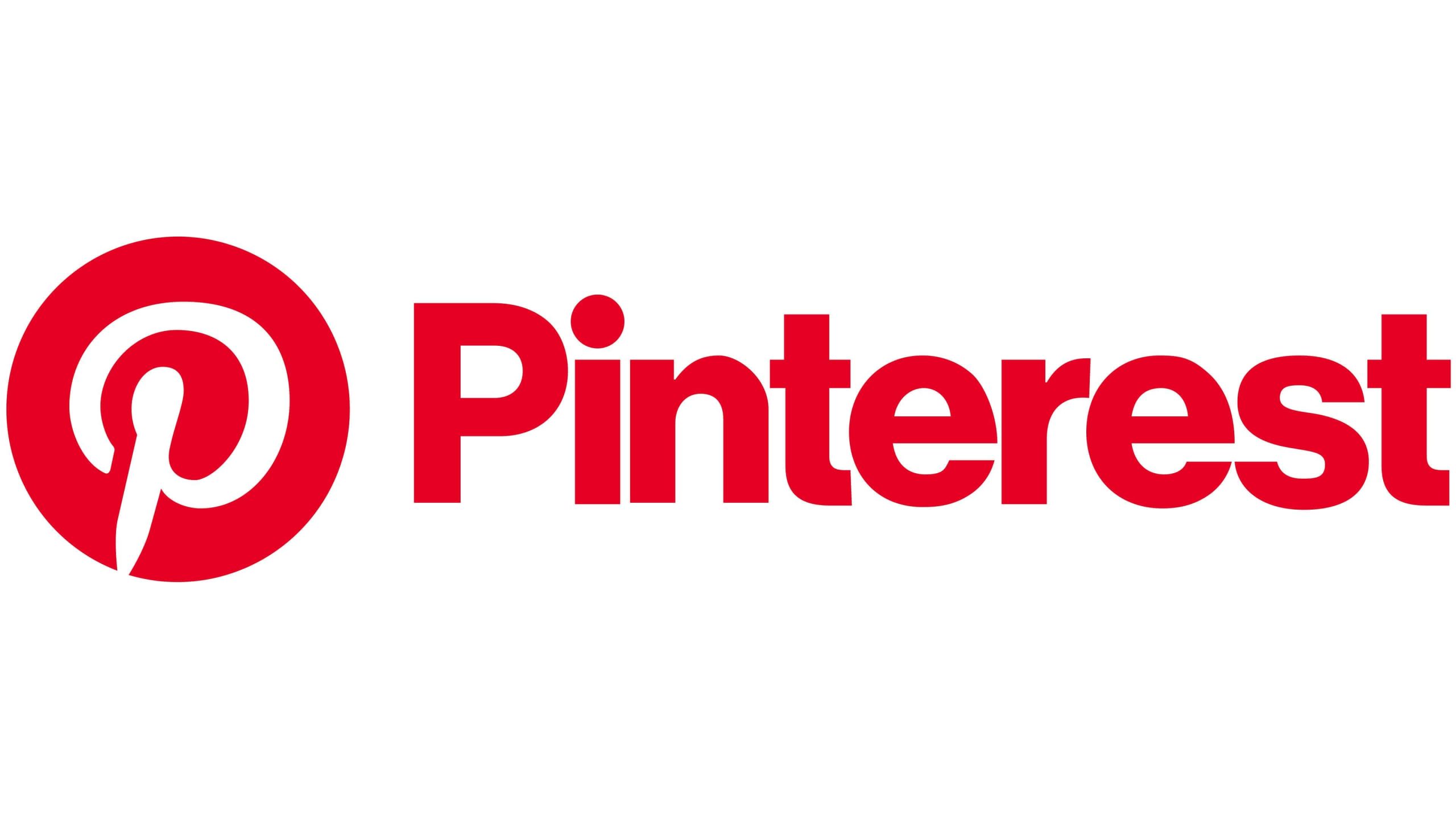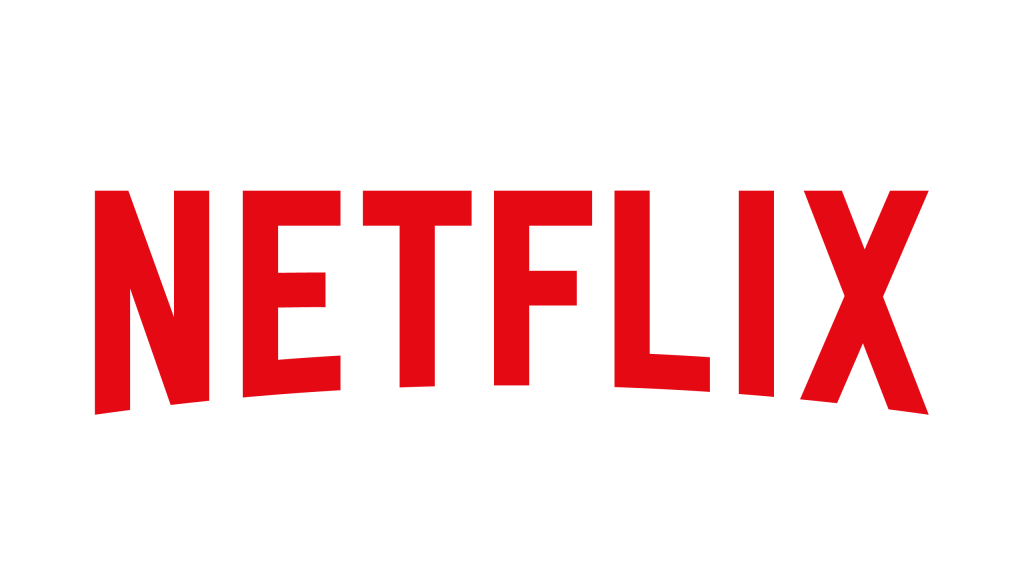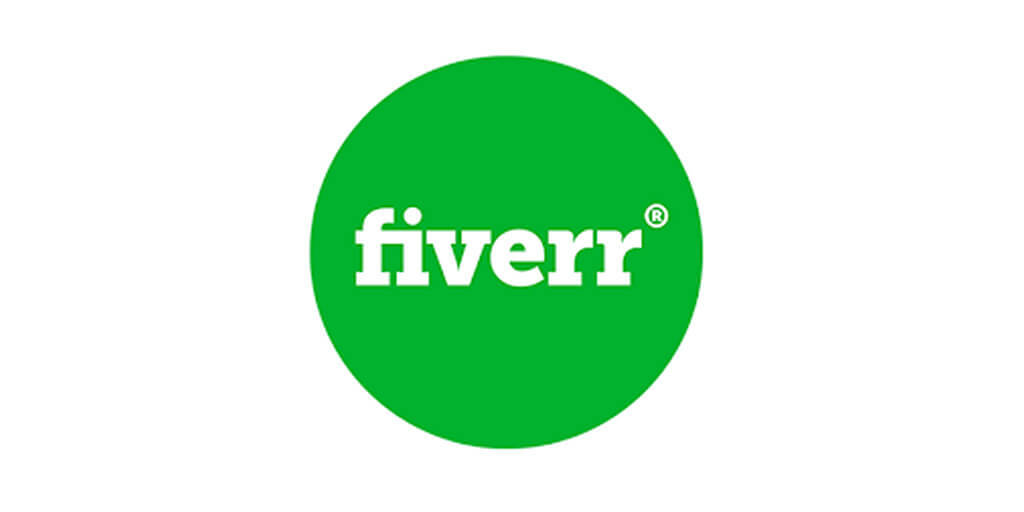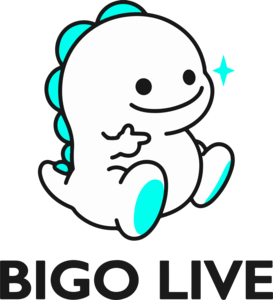On Pinterest, users share and save content to virtual collections called boards. Most of the 450 million Pinterest members are female (more than 76 percent, according to Statista). While you can find just about anything on Pinterest – the website’s categories include everything from art to technology – it’s known as a hub for craft projects, recipes, fashion, home decor and health-related information.
If you want to use Pinterest to promote your small business, it’s important to sign up for a business account. Pinterest business accounts, which are free, give you access to sales-minded features such as analytics. If you already have a personal account, you can convert it to business or just create a new account.
Are you currently just using Pinterest to plan your dream vacation or find delicious-looking baked goods to try — or are you using Pinterest for business? If you aren’t doing the latter yet, it might be time to consider getting your brand on this visual platform.
Pinterest offers businesses of all sizes a unique way to market themselves — as a visual search engine, Pinterest is great for exposing new potential customers to your brand.
That’s because Pinners come to the platform for inspiration. They want to try new things, discover new ideas, find great recipes, and often, get inspired to make their next purchase.
Before Pinterest, if someone wanted to compile images of their favorite things, of a new idea, or plan out the visuals of their next aspiration, they had to turn to finding clips in magazines and re-pasting them to their own scrapbook or pinboard.
In 2010, however, after reworking an earlier virtual catalogue app, founders Paul Sciarra, Evan Sharp and Ben Silbermann reimagined how to provide users with a platform to amass collections of favorite items and images, digitizing the scrapbook and pinboard process. Subsequently, Pinterest was born.
The app was designed as both an image sharing and social media service, which enabled the discovery and saving of pins — that is, images that had either been uploaded or linked from a website. Users could then upload their own pins, re-pin the pins saved on someone else’s board, make themed collections, follow each other, and ultimately, search for new ideas.
The founders made their mission clear — to help people “discover the things they love and inspire them to go do those things in their daily lives,” which ranged from finding new recipes and parenting hacks to browsing fashion inspiration and travel destinations to visit on a next vacation.
Setting up your profile
Clicking on ‘Create account’ will take you to your main feed, and you’ll be prompted to “follow new interests” so that you start to see content that’s relevant for you. But before getting too lost in discovering all the other great things on Pinterest, you’ll want to fill in your own profile.
Pinterest profiles are pretty simple compared with business pages on Facebook; you just fill in a short ‘About’ section (thinking in terms of what people will search for) and add your profile picture and location (if you have a physical premise). Your logo makes a good profile picture and helps reinforce your branding.
At this stage, you can ‘verify’ your website to ensure you can track what people Pin from your site, and this will also display your logo on anything Pinned from your site. Even better, it gives your Pins a boost in search results on the site. Verifying your site is a simple process that involves copying and pasting some text into the HTML of the index page on your site; just follow the instructions on the ‘Claim your website’ page.
The emphasis on this format has helped boost the platform’s appeal with younger audiences, with Pinterest reporting that Gen Z was the fastest-growing demographic on the platform, increasing double digits year over year.
“Gen Z sessions grew much faster year over year than sessions from older demographics, while nearly half of all new videos pinned in Q4 were from Gen Z users.”
Pinterest also says that sessions continued to grow faster than MAUs, an indicator that it’s driving better engagement overall, while it also increased its overall video supply by 30%, another marker of the popularity of Idea Pins.
Because you can’t post video as a native pin anymore, only in Idea Pins (or paid ads), underlining the focus on the format, and Pinterest’s evolving usage.
On the revenue front, Pinterest posted a 4% year-over-year increase, after bringing in $877 million Q4.
Pinterest beat on earnings and revenue in its first quarter, based on Refinitiv consensus estimates. While the company said it expects second-quarter revenue to increase about 11% from the year-earlier period, it cited headwinds including supply chain snarls and Russia’s invasion of Ukraine in its letter to shareholders.
Pinterest’s revenue also grew 8% YoY in 2022, for a total of $685 million. In the last three years, the company reports a revenue increase of 35% CAGR. Pinterest says it expects revenue to continue growing into Q4.
Pinterest CEO Bill Ready said this in the company’s third-quarter earnings report: “Despite the challenging macro environment, we are delivering performance and a distinct value proposition to advertisers, reaching users across the full funnel. Through clear focus on increasing engagement that delights our users, we are deepening our monetization per user, and building personalized and relevant experiences that go from inspiration and intent to action.”
But advertising is still novel for Pinterest, which didn’t have any revenue model at all until 2014. For it to fulfill its promise as a global visual search engine—and a great place for brand advertising—it will need to transcend its initial American female audience and find a way to appeal to everyone. In the US, Pinterest hasn’t been able to gain popularity among men at the same rate as women; 75 percent of the people using it are women, according to ComScore. And for all of the enthusiasm trained upon it domestically, Pinterest has had trouble translating itself internationally. Only 45 percent of the people who use it are abroad, according to Kendall, much less than Facebook or Twitter had at this point in their development. “Pinterest was founded for and aimed at Midwestern moms, and that’s been a strong base for them, but it’s not necessarily true that mindset occurs throughout the world,” says eMarketer principal analyst Debra Aho Williamson. “It remains to be seen whether the idea of pinning and sharing is relevant in many markets.”




